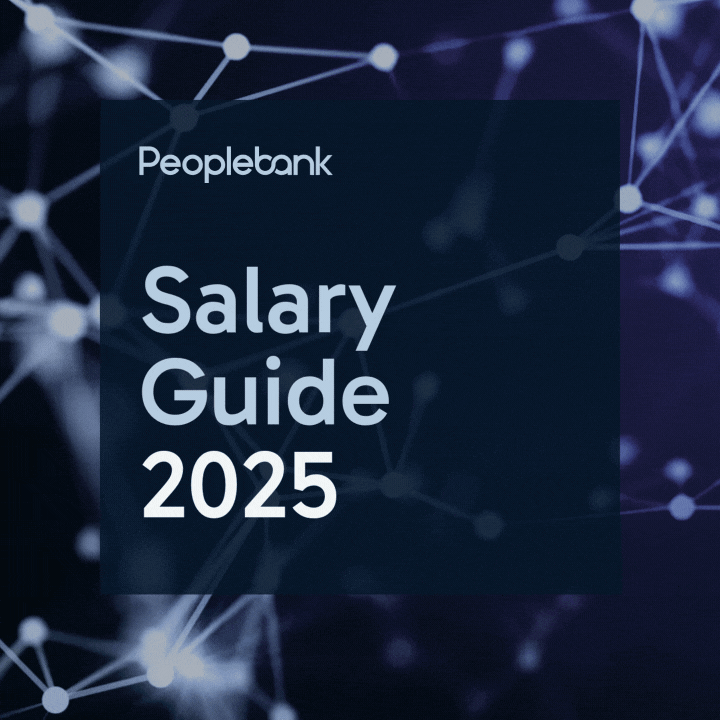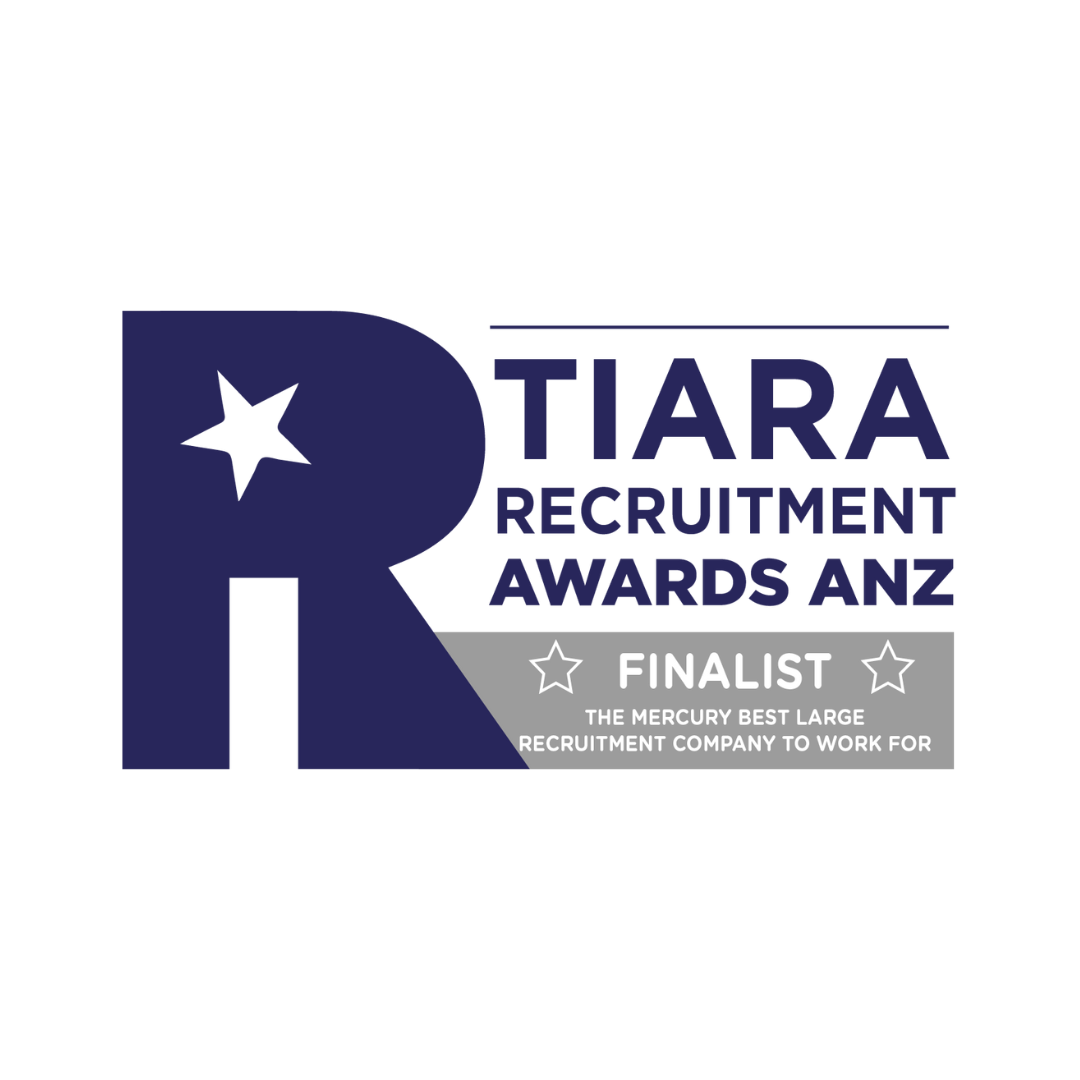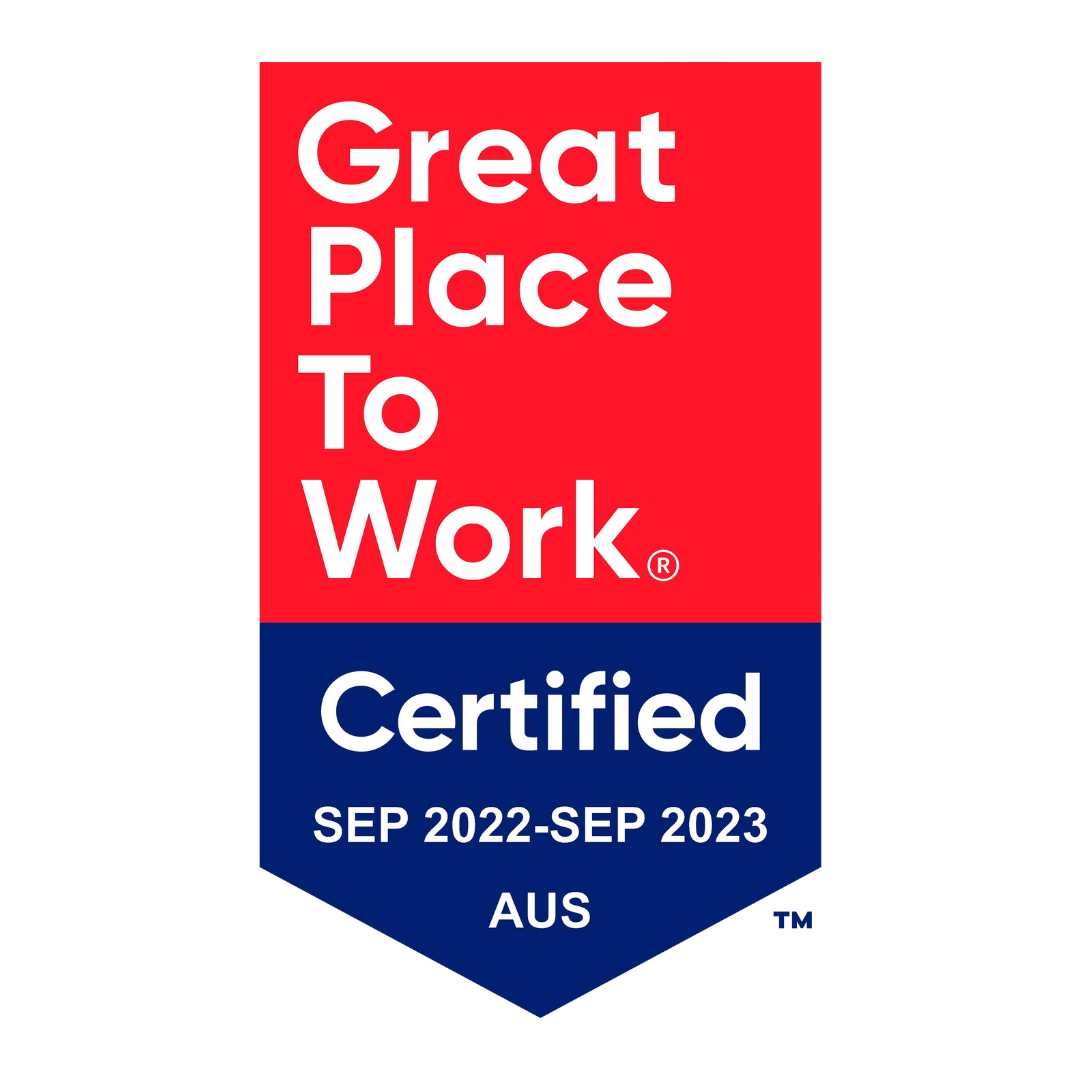Hiring inclusively: removing unconscious bias
This blog looks at some of the ways that organisations can do to better to manage unconscious bias and enable long-lasting conscious inclusion, both from within the organisation as it currently operates, as well as hiring implementations that need to be seriously considered.
Amongst all the organisational processes and systems, hiring is where individuals have their first impression of an organisation’s D&I, so this plays an important role in building a diverse and inclusive work culture.
Remember that hiring is not just about finding people that ‘fit in’ your culture, but also about considering the skills and personality they will bring that could enhance and positively benefit the people within your workplace, as well as your business all-round.
Below are some possible approaches to managing unconscious bias in hiring decisions:
Hiring Implementations
- Blind application and screening processes
This can look like resumes without significant identifying information.
“By hiding certain characteristics like age, gender, ethnicity, or level of education, you can remove the different cognitive biases that creep up when reading a resume” – Glassdoor [1]
- Unconscious Bias Assessments as part of the onboarding process
This can ensure all your employees have a self-awareness of unconscious bias and how it may affect their judgement from the very beginning of their journey with you. By introducing this from the onboarding process you can build an equitable culture from the ground up.
- Diversity Goals
Many companies have now implemented diversity goals, measured against the statistics of the community in which they are part of. This is a good way to not only build a diverse environment but to also create accountability within your business to create equity.
Hiring Managers need to address their own bias
- Be aware and accept that you have biases
The first step is being aware to know which biases are unhelpful or harmful. To deny having bias stops your journey to better hiring decisions from the beginning.
- Spend time reading and learning about the experience of underrepresented communities at work
This is an important step to developing understanding and empathy so that you are better equipped to deal with different people’s experiences.
- Explicitly call out where bias could show up and when it occurs
It is vital to recognise where bias may have previously effected business decision making, and to make sure people within your business know that it is unacceptable when bias occurs (especially explicit bias). Sometimes a longer, more delicate discussion may need to be had around unconscious biases.
- Reduce the influence of other people’s opinions on your decisions
In a managerial position, having others’ input is important, especially when hiring for a cohesive team. However, ultimately, the responsibility needs to be mostly yours, especially for hiring decisions.
- Understand how reducing bias can personally benefit you
Reducing bias can be of personal benefit to you too. By learning about this it will help you be more willing and open to doing the work required to avoid leaving your biases going unchecked.
- Apply the “flip it to test” approach
This means to ask if you were to swap out the candidate from an underrepresented background with one of your more typical hires, would you have the same decision?
Extra inclusivity tips
- People of diverse backgrounds should socialise or spend informal time at work together
- Include workplace training specific to workplace diversity and inclusion
- Celebrate cultural events such as International Women’s Day or Wear It Purple Day publicly
- Leaders and managers to:
- encourage employees to try something new without fearing mistakes or failure
- encourage information sharing
- encourage everyone to openly express their feelings
[1] https://www.glassdoor.com/employers/blog/blind-hiring-process/






















